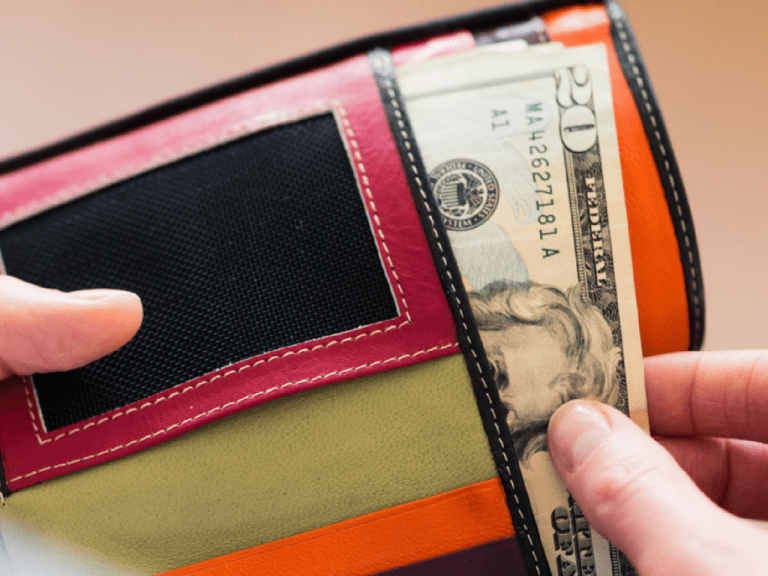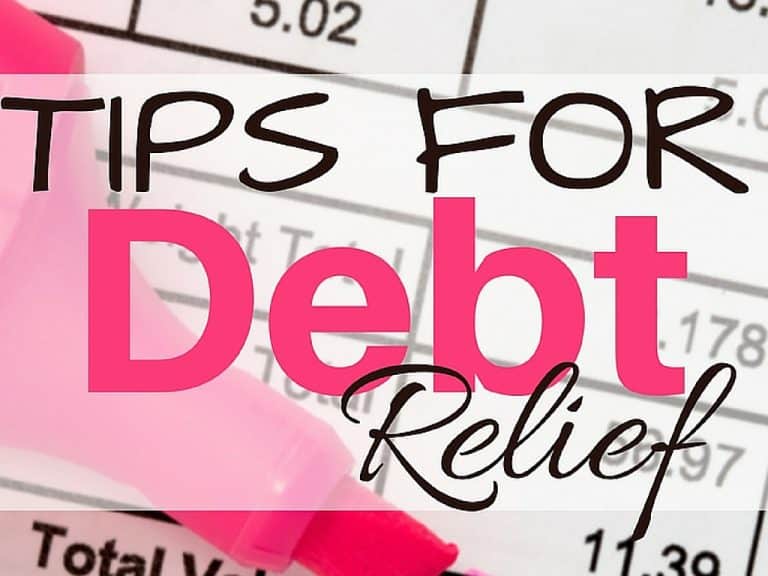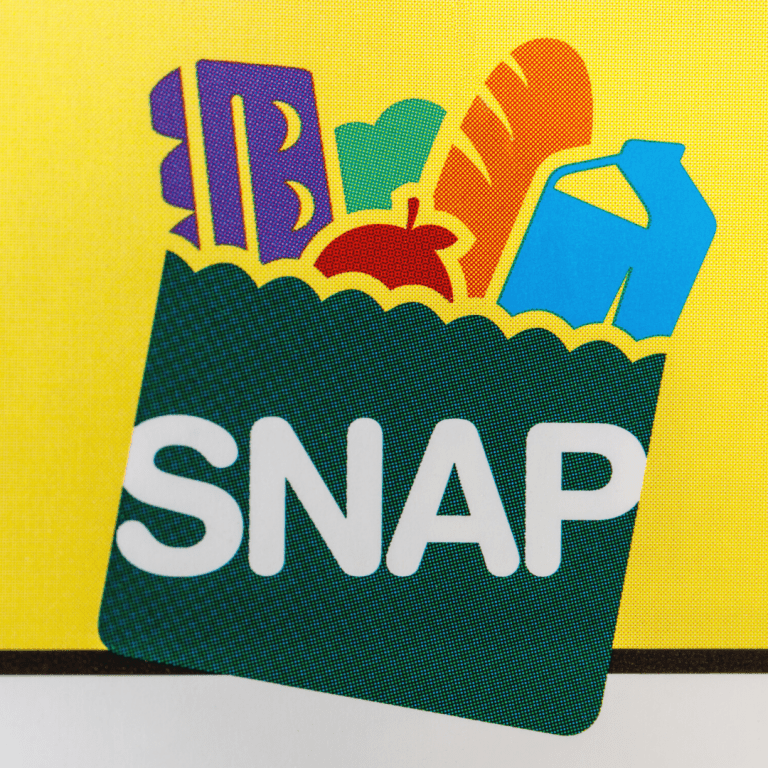Making Big Purchases (Without Getting Into Debt)
This post may contain affiliate links which might earn us money. Please read my Disclosure and Privacy policies hereA recent article on TheStreet discussed how 55% of Americans couldn’t afford a major expense, such as roof repairs or a new iPhone.
The problem is many families, including my own, are in a place where they know they need to replace major appliances, purchase a new(er) vehicle, or get repairs done on their home.

How can you make a large purchase and not go into debt? Let’s take a closer look at some different methods along with what I’m doing for buying big purchases.
What Is Considered a Big Purchase?
That will be different for every family. According to the article above, a $1000 purchase is a good rough estimate of what a big purchase or expense is.
Some families may consider a large purchase to be a $35,000 kitchen remodel. It all depends on your income, expenses, etc. Regardless, the methods that can be employed to make these purchases remains the same.
Are There Different Methods You Can Use?
Yes. Some people take the amount of money they need to save for the purchase and consider when they want to purchase it. They then take the amount needed and divide it by the amount of time left (weeks, months, etc.).
This will tell you how much you need to save to meet your goal. Others use the cash envelope system and save the amount of money left over from variable expenses until they have enough money. You might even start really small and save your extra change.
You could also put aside a certain percentage of your income. Again, what you do will vary depending on what works best for you. You may even decide to use more than one method.
What I’m Doing
Assign a Designated Account
I decided to open a separate savings account to start saving towards the purchase. This allows me to easily see how much money I have for that purchase.
Now that I have a separate account there, I can easily put extra online income, income tax refunds, and other extra funds into the account.
Buy Quality
When you’re making a big purchase, I feel it’s important to pay for quality. Remember, buy cheap, buy twice.
You want to spend a little bit more to ensure you’re getting good quality for your money. It doesn’t matter if you’re buying an appliance or paying a contractor.
Research
Quality matters. Reviews are also important. Read reviews, get recommendations from trusted sources, etc. Don’t just go to the store and purchase the prettiest stove.
I'm even using Capital One Shopping to help me maximize my savings! Learn more about this free extension.
Skip The Extra Features
Lastly, don’t pay up for features you won’t use. Make sure you’re paying for what you really need.
For example, you don’t really NEED a TV in the door of your fridge. Chances are you won’t use it and it’s going to be obsolete long before the fridge is.
The Importance of a Separate Savings Account
I feel it’s important to have separate savings account for several reasons. The first is that it makes it easy to keep the money separate from your other finances and see what you have available for the purchase.
Another reason is that you’re not as likely to spend the money on something else because it’s not as easily accessible.
If the money is sitting in your regular checking account, it’s easy to spend that money claiming that you’ll replace it next week. If you’re saving for a really large purchase, the interest you earn in a savings account can also be useful as the amount you have in the account grows.
What If You Have an Immediate Need?
Let’s face it. Major purchases aren’t always planned. One day you might turn your oven on to preheat and it won’t turn on. The repairs may be so high that it doesn’t make sense to repair it. What do you do then?
First of all, you DON’T get a small loan from one of those places in a strip mall. You’ll end up paying exorbitant interest rates.
One of the best places to start is by selling items you no longer use to raise some of the money. If you’re lucky, you may be able to cover the purchase by selling some items you’ve collected over the years.
You could also cut unnecessary expenses for a short time to help cover the expense. If you’re able to earn extra income by working overtime or taking a side job, you may want to consider it.
If you have to charge the expense, look for options that have interest-free periods that make sense for your finances. For example, you might qualify for 12 months no interest at your local home improvement store.
Do the math and make sure you can pay off the purchase in that timeframe. If you can’t, don’t do it. The fees that apply after the interest-free period will be a lot, possibly into the hundreds of dollars.
If you can pay it off in that timeframe, without undue stress on your budget, it’s worth considering.
Thinking Ahead
It pays to always think ahead and have an account for unexpected purchases. This should be aside from an emergency account.
Consider the types of purchases you might need to make and keep an average amount in your savings account at all times.
For example, you might have an average of $1500 for a large purchase. Keep that in your account and whenever you need something major, you’ll have the money or at least have a good chunk of it.
Buying big purchases can be overwhelming. The biggest tip is to start saving now. Even if you don’t know of an upcoming need, you want to have money available should one arise.
And it’s not the only things you need. It might be something you want, such as a pool or vacation. Start saving now so that you can be better prepared for the future.





